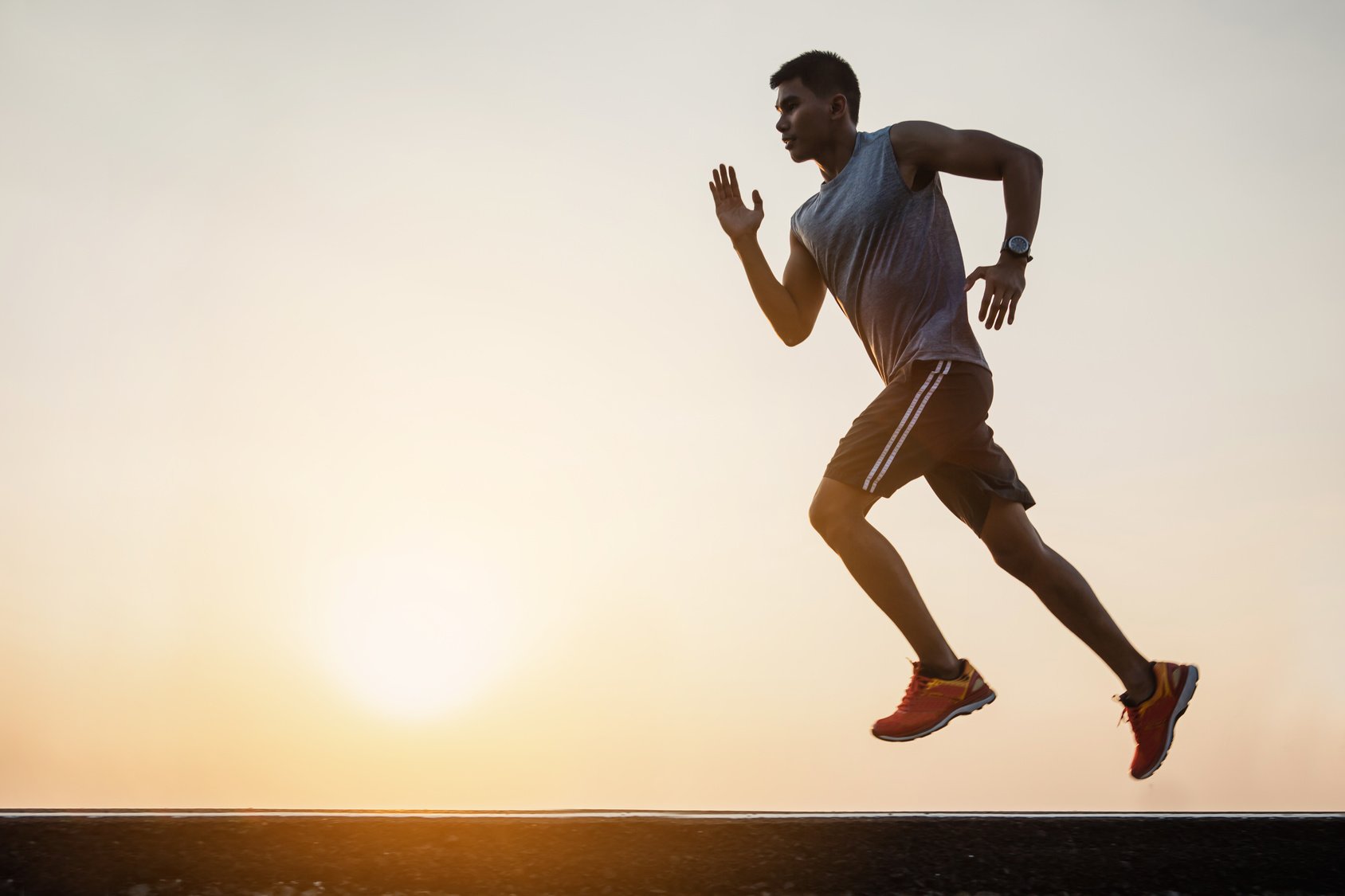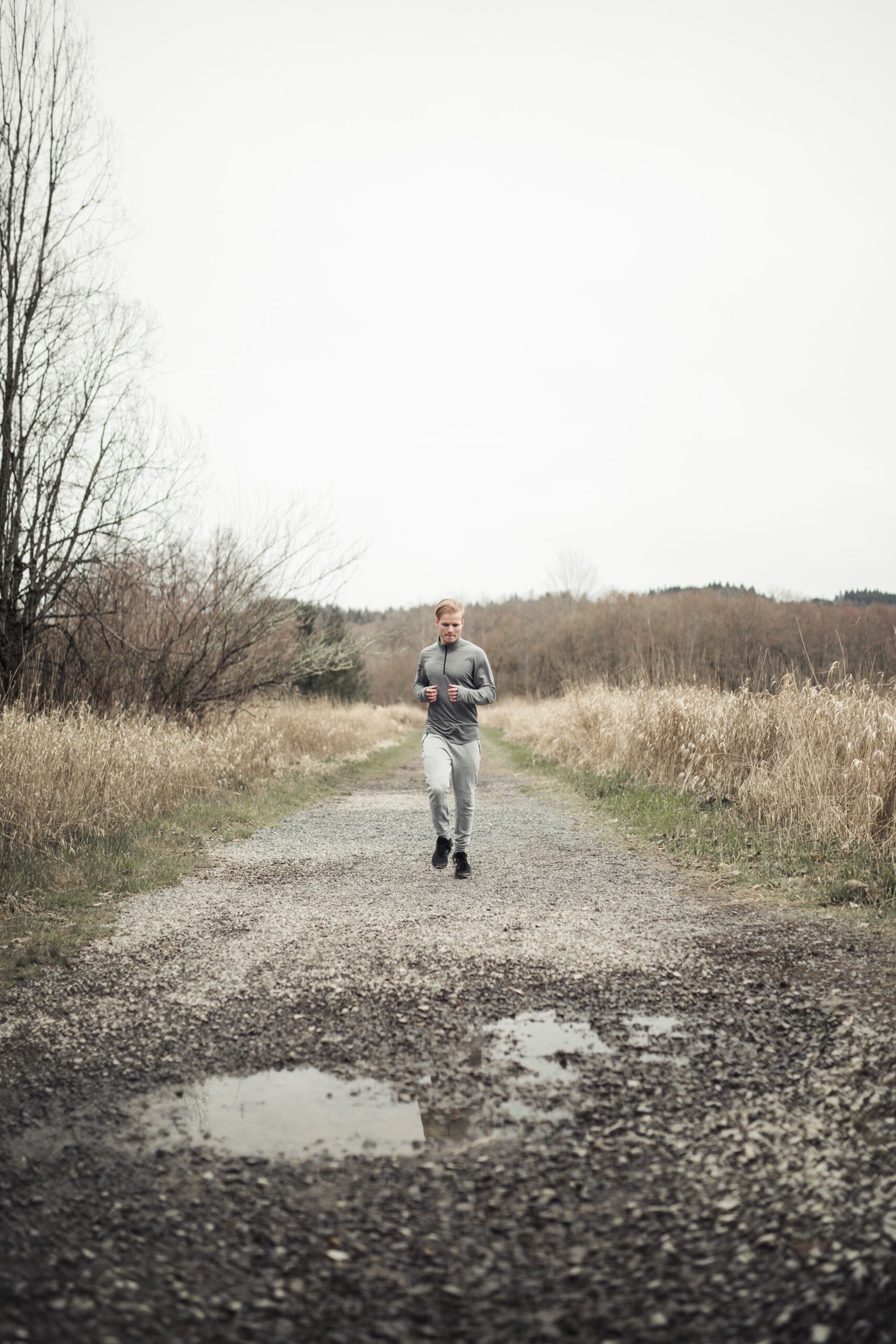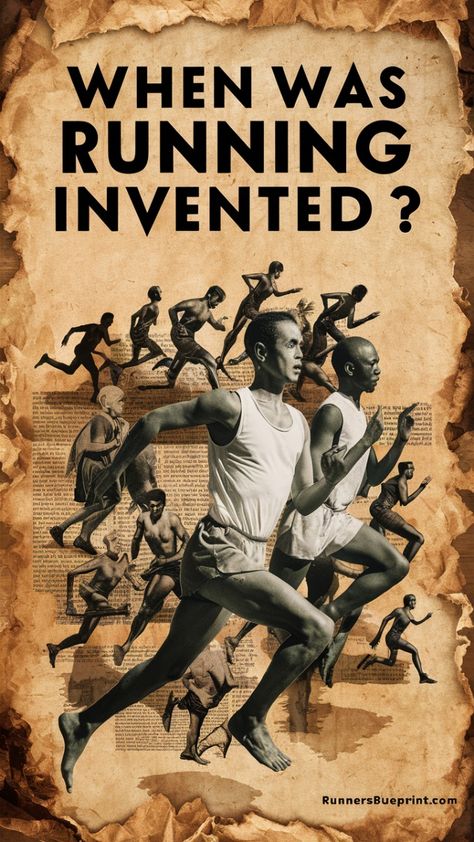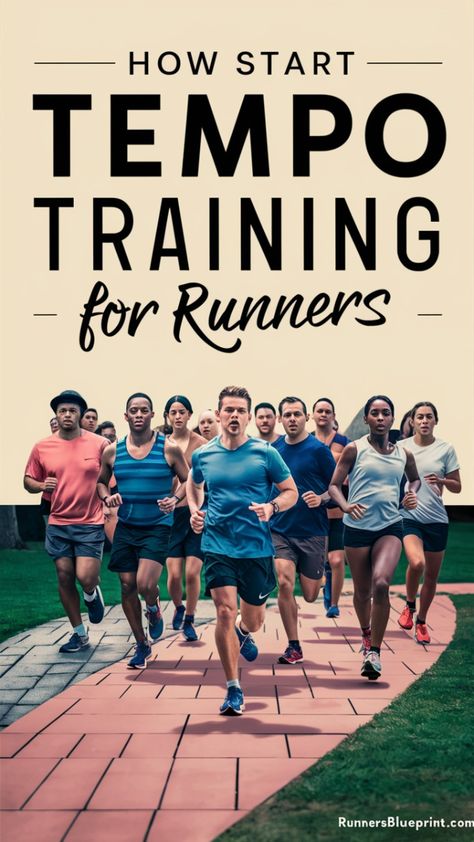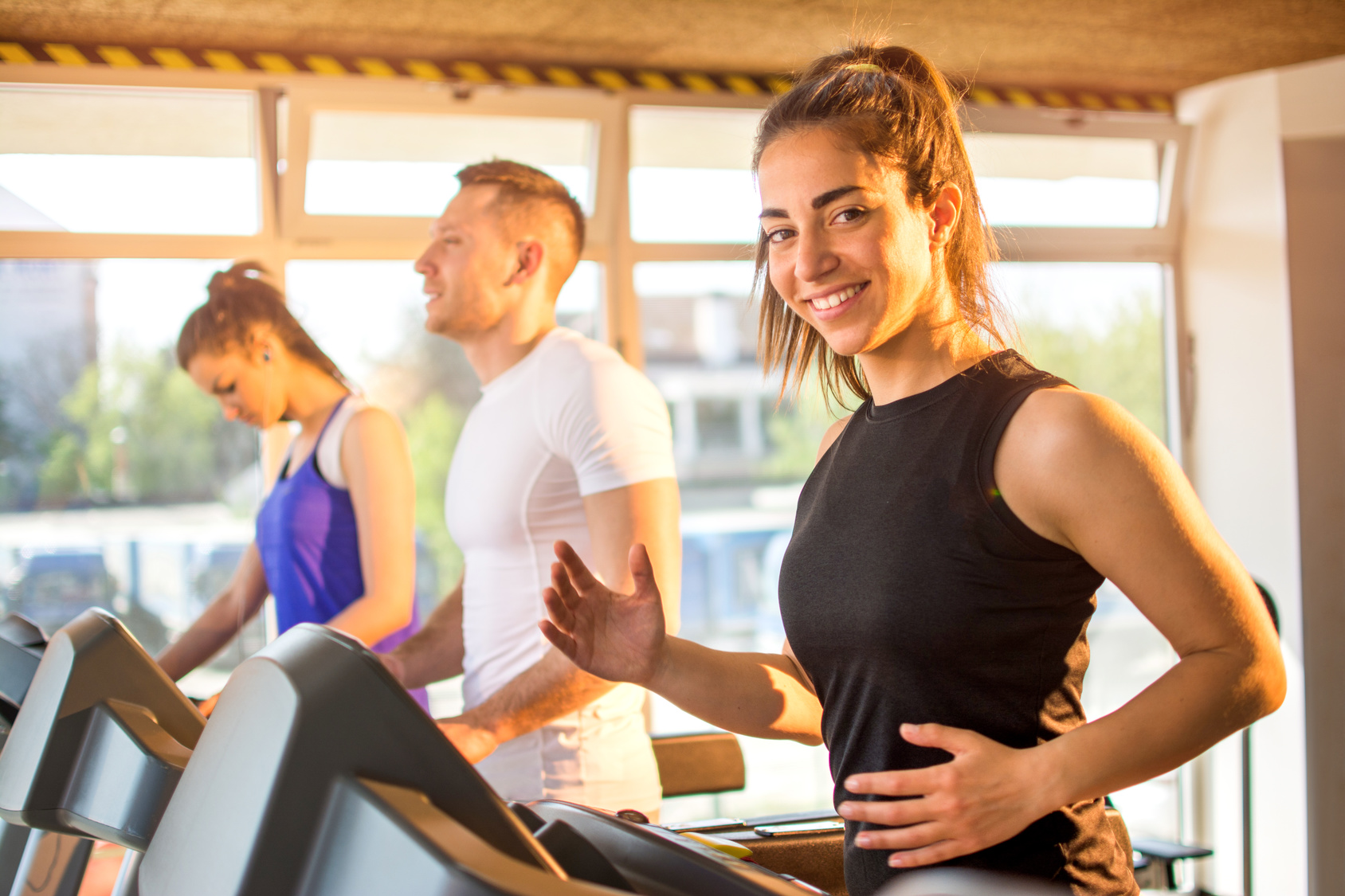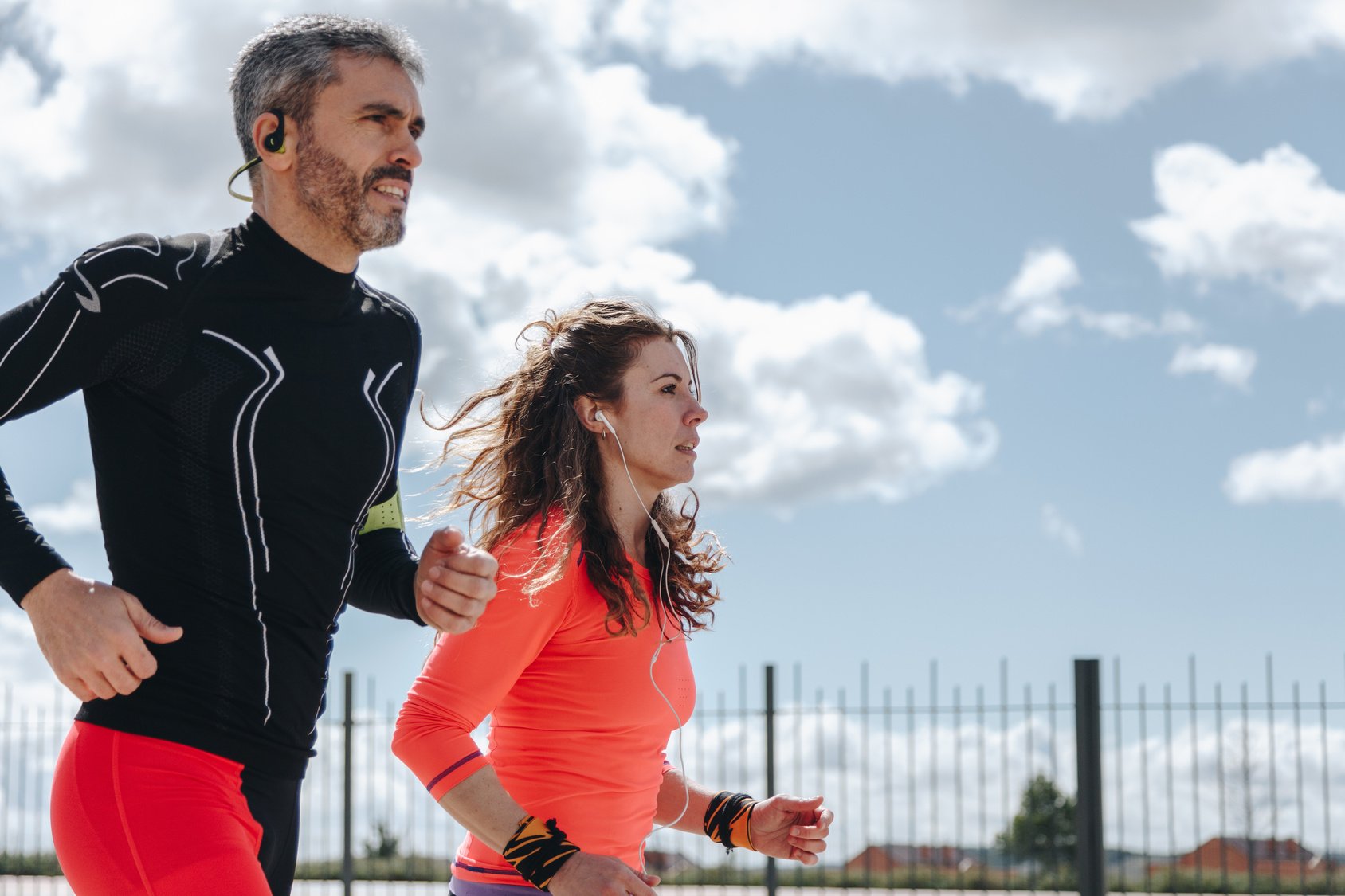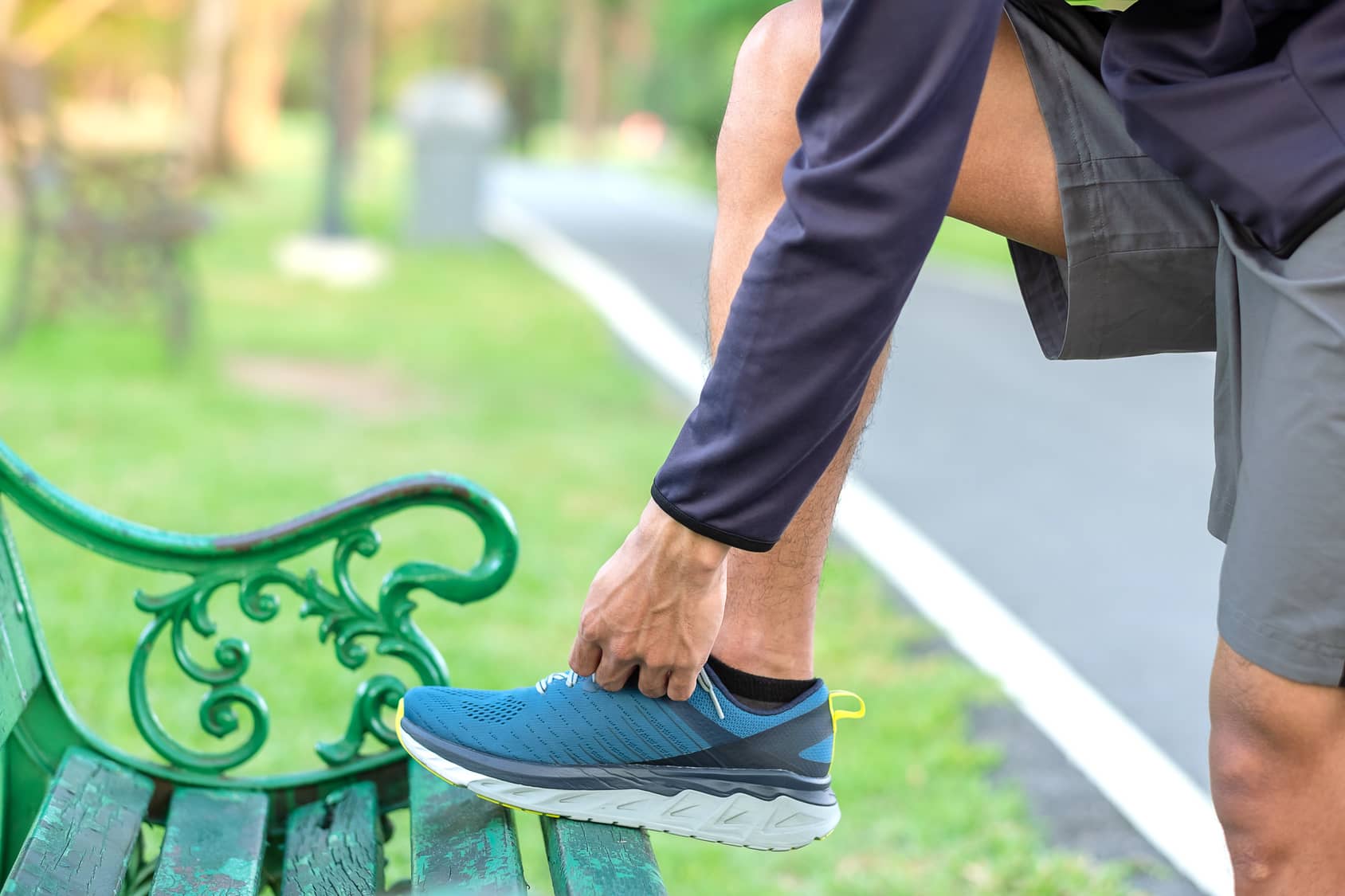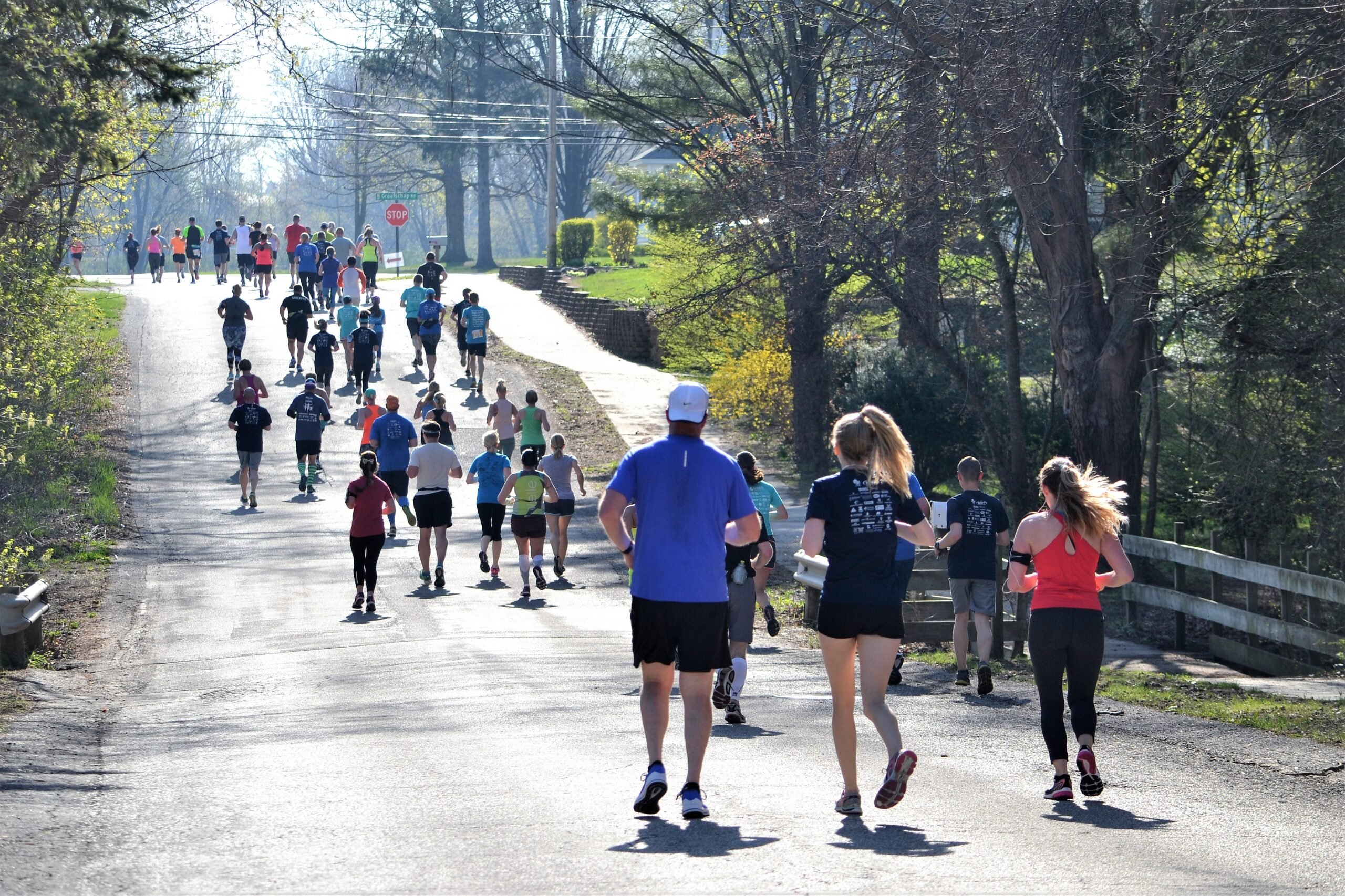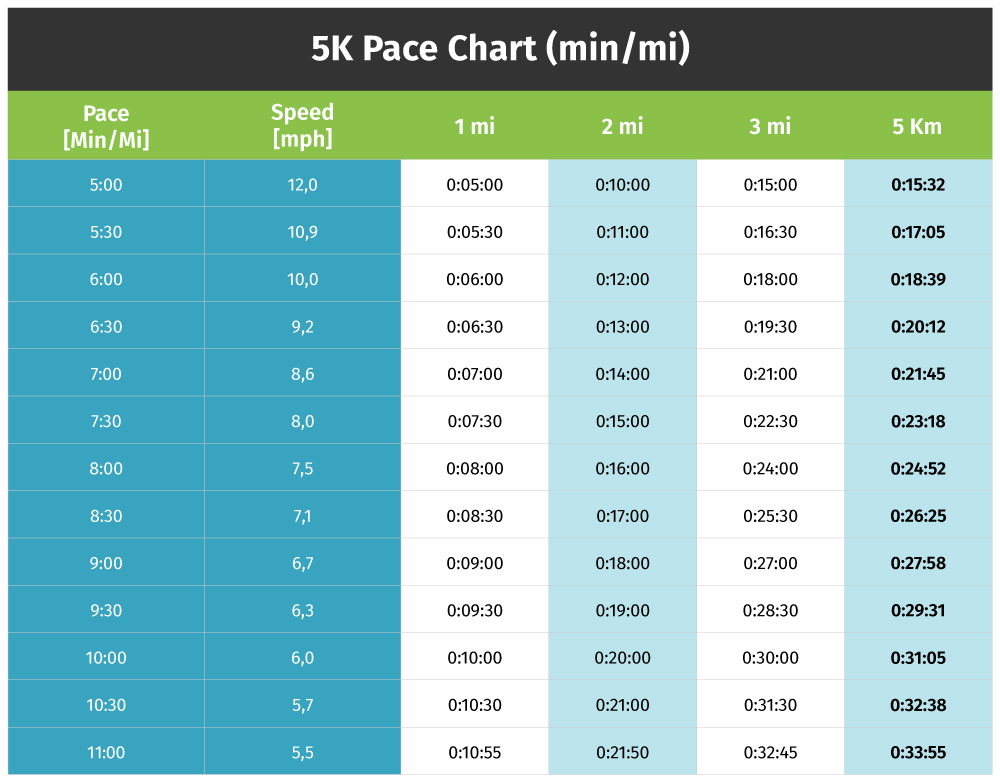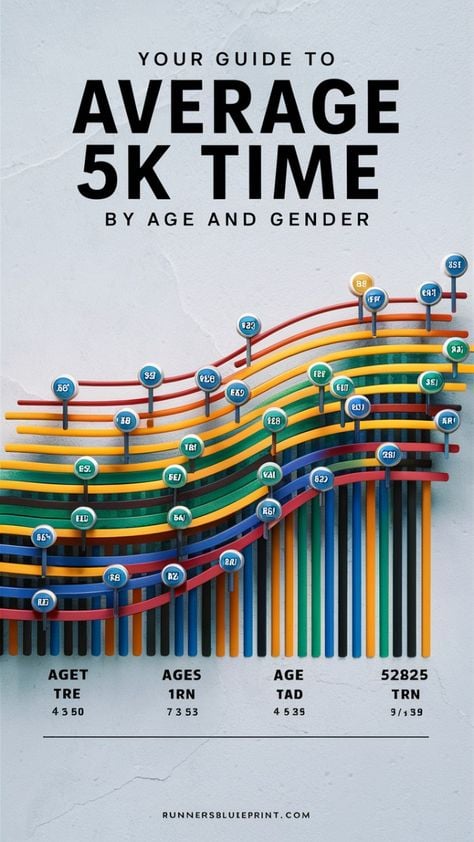Ever felt the wind on your face and thought, “I wish I could run just a bit faster?” Well, you’re in luck because you’ve just stumbled upon the ultimate guide to supercharge your pace. Every runner, whether a newbie or a seasoned marathoner, dreams of shaving a few seconds (or minutes!) of their time.
And guess what?
Boosting your speed doesn’t just make you a faster runner—it’s also a ticket to a healthier, more vibrant you.
Ready to lace up and level up? Let’s dive into some game-changing tips to elevate those running sessions and races!
Start with a Baseline
Imagine starting a journey without a map or trying to bake without knowing the original recipe. Sounds tricky, right?
The same goes for boosting your running speed. Before you lace up and hit the ground running, you’ve got to know your starting point. This is where setting a baseline comes into play.
Why a Baseline?
- Reference Point: Knowing your current speed sets a clear benchmark. This becomes your point of reference to gauge improvement over time.
- Motivation: Seeing tangible progress is a massive boost. If you knock a few seconds (or even minutes) off your initial time, it’s a sign that your training is paying off!
Here’s Your Game Plan:
A standard track is ideal for this. The clear markings and flat terrain offer consistency, making it easier to measure progress in subsequent runs.
If you’re just starting, the one-mile test is your best bet. As you evolve, branch out to other distances like the 5K or 10K.
One lap on a standard track is 400 meters, making four laps equivalent to a mile. Easy to remember, right?
No Track? No Problem!
If a track isn’t accessible, find a straight, flat path where you can measure out a mile. There are plenty of smartphone apps that can help you determine distance accurately.
Always kick things off with a dynamic warm-up to prep your muscles and get your heart rate up. Think leg swings, butt kicks, or arm circles.
Once you’re all warmed up, start your timer and unleash your inner Usain Bolt! Give it everything you’ve got for that mile. Once done, record your time.
Interval Running
Ever wished you had a secret weapon in your running arsenal? Meet interval running – the high-octane workout that alternates between adrenaline-packed sprints and much-needed recovery periods.
It’s like a roller coaster for your running routine – thrilling highs (sprints) followed by calming lows (recovery).
Why Choose Interval Running?
- Efficiency Boost: Get more done in less time. Perfect for those who are tight on time but want results.
- Build Stamina: It can help you break through plateaus by pushing your body past its usual limits.
- Burn Calories: High-intensity workouts can have a fantastic afterburn effect, helping you burn calories long after the workout’s done.
Science Backs It Up
Don’t just take it from me; science has our back! A study in the Journal of Strength & Conditioning witnessed trail runners incorporating interval training into their regimes. The results? After just six interval workouts spread over 15 days, they boosted their speed by an impressive 6% in a 3000-meter run.
Here’s Your Interval Running Blueprint:
Begin with 5-10 minutes of easy jogging. It’s like getting your engine started. Next, dedicate the next 5 minutes to dynamic stretches like leg swings, high knees, and lunges. It’s all about priming those muscles.
Here’s where the magic happens. Go all out, giving 80-90% of your maximum effort for 45-60 seconds. Imagine you’re on the home stretch of a race.
Slow down and jog for 1-2 minutes. This is crucial for letting your body recuperate so you can give your best in the next sprint.
Aim for 15-20 minutes of these sprint-recovery cycles, adjusting based on your fitness level.
Finish with a 5-minute leisurely jog. It helps in muscle recovery and reduces post-workout soreness.
Remember, it’s not about going from 0 to 100 immediately. Listen to your body, adjust based on how you feel, and gradually push your boundaries.
Additional Resource – Here’s how many miles should a beginner run
Hill Reps For Faster Legs
Striving to make the most out of your interval workouts? Try hill training.
Think of hills as nature’s treadmill, with an adjustable incline you can’t escape. When you sprint up these bad boys, you’re not just fighting against your own body weight, but also the pull of gravity. The result? Muscles are working overtime, heart pumping hard, and lungs doing some serious heavy lifting!
Here’s Why Hills Rock:
- Muscle Builder: The incline demands more muscle engagement, especially from your glutes, quads, and calves.
- Form Refiner: Running uphill forces you to adopt a more efficient running form with a forward lean and higher knee lift.
- Endurance Enhancer: Over time, regular hill workouts can increase your stamina, making flat terrains feel like a breeze.
Listen to the Pros (or Science)
Studies have shown the magic of hill running. A study from the International Journal of Sports Physiology & Performance introduced hill sessions to runners and noted significant improvements.
Within just six weeks, participants upped their 5K game by a neat 2%! And the good folks at Auckland University backed this up, linking hill runs to an increase in leg strength and overall speed.
Ready to Conquer? Here’s How:
Look for one that’s around 150 to 200 meters long. It should be steep enough to challenge you but not so steep that you can’t maintain good form.
Begin with a solid 10-15 minutes of easy jogging on flat terrain. Toss in a few dynamic stretches to prep those muscles.
Run up your chosen hill at about your 5K effort pace, or even a tad faster. Dig deep, but remember to keep your form sharp. No hunching or dragging those feet!
Once you hit the top, turn around and walk or jog back down. This is your recovery. Enjoy it because another ascent awaits. Repeat this process as many times as your fitness level (and willpower) allows.
Additional resource – Bolt top running speed
Try Fartleks
Sounds strange, right? But no, I’m not talking about some mysterious Nordic dish or a hidden dance move. Fartleks, which means “speed play” in Swedish, is an engaging and flexible training technique that’s a game-changer for runners aiming for that extra zip in their stride.
What’s the Fartlek Fuss About?
- Random Rush: Unlike traditional interval training with strict structures, fartleks are all about the element of surprise. Mix up steady runs with bursts of speed and then back down. There’s no set pattern – you’re in the driver’s seat!
- Perfect for Any Setting: Whether you’re in a park, a neighborhood, or on a winding trail, fartleks can be done anywhere. No need for a professional track!
- Customizable Challenge: Fartleks can be as intense or as relaxed as you like. You can base it on time, distance, or landmarks like streetlights or mailboxes.
Let’s Get Fartleking!
Kick off with a dynamic 10-minute warm-up to get your body prepped.
Next, choose landmarks as your sprint and recovery targets. It could be running full tilt between three telephone poles, then easing up till the next one. Or how about a sprint from one bench to the next, then a relaxed jog for two more?
The best thing about fartleks? The unpredictability! Change up your intervals to keep it interesting. Remember, the key is to keep yourself engaged and challenged.
Once you’re done playing with speed, slow things down with a cool-down jog for about 5 minutes.
Practice Good Form For Running Speed
You know how a finely-tuned sports car can glide on the highway effortlessly? Well, your body can be that sports car when you run, but the key is in the mechanics. A polished running form can make the difference between feeling like you’re trudging through mud or soaring like an eagle.
Let’s dive into the nitty-gritty of stellar running form!
The Blueprint of a Beautiful Run:
- Stand Tall & Proud: Imagine a string pulling you up from the crown of your head, making you as tall as possible.
- Eyes on the Horizon: Peer ahead, fixing your gaze about 10 to 12 meters in the distance. Remember, where you look, your body follows.
- Power from the Core: Engage that core! Not only does it stabilize you, but it’s the powerhouse of your running engine.
- Lean with Purpose: A slight forward lean can be your best friend. But remember, it’s a lean from the ankles, not a stoop from the waist.
- Stay Limber: Imagine you’re a free-flowing river, not a frozen glacier. Keep your shoulders relaxed and let go of any tension. If you feel yourself tensing up, give your hands a shake.
- Arm Dynamics: Swing them! Arms bent at a 90-degree angle, moving in sync with your legs. It’s like an elegant dance, providing balance and driving you forward.
- Quick Feet: Aim for light, springy steps with a cadence of about 180 steps per minute. Think of your feet as the percussion section in an orchestra: rhythmic, rapid, and efficient.
- Perfect the Strike: Land on the mid-part of your foot, then gracefully roll forward, pushing off the front of your foot. This optimizes energy return and minimizes the risk of injuries.
One More Thing:
Regularly practicing good form can turn these guidelines into second nature. Over time, you’ll find yourself automatically falling into this optimized way of running, making every race or casual jog more efficient and enjoyable. And as you hone your technique, you’ll not only become a faster runner but also a safer one.
Lose Weight
Running is as much a mental sport as it is physical, and managing weight plays a significant role in enhancing your performance. The principle is simple: the less weight you carry, the less work your muscles have to do, allowing you to run faster.
Let’s delve into the world of weight management for runners.
The Science Behind Weight and Speed:
Your body works hard to carry its weight. For every pound you shed, you decrease the strain on your joints and muscles, making it easier for you to move swiftly. As a result, you may find that your stamina improves, and you fatigue less easily.
The Healthy Approach to Weight Loss:
It’s essential to approach weight loss with a marathon mindset rather than a sprint. Gradual, steady weight loss is more sustainable and healthier than drastic cuts.
- Focus on Nutrient Density: Opt for foods packed with nutrients. Think colorful fruits and veggies, lean proteins, whole grains, and healthy fats. Remember: food is fuel, so choose the best for your engine!
- Hydrate: Water aids in digestion, keeps your body temperature in check, and helps with muscle function. Aim to drink at least eight glasses of water daily.
- Monitor Portion Sizes: Eating healthy is vital, but it’s equally essential to watch your portion sizes to avoid overeating.
- Don’t Skip Meals: Regular meals keep your metabolism active. Skipping meals can lead to extreme hunger later on, causing you to overeat.
- Limit Empty Calories: Minimize foods and drinks that don’t provide much nutritional value but are high in calories, such as sugary beverages, candies, and most fast foods.
- Exercise Mindfully: Incorporate a mix of cardio (like running) and strength training to build lean muscle and boost metabolism.
- Rest and Recovery: Don’t overlook the importance of a good night’s sleep and proper recovery after workouts. Your body repairs and strengthens itself during this time.
- Listen to Your Body: Tune in to your body’s signals. Eat when you’re hungry, stop when you’re satisfied, and rest when you’re tired.
Additional Resource – 13 Exercises to improve running
Strength Train To Run Faster
While running is primarily a cardiovascular exercise, the benefits of incorporating strength training can’t be understated. Building muscle can lead to better running form, increased endurance, and a decrease in injury risk.
Let me explain more.
- Power and Speed: Strengthening muscles can result in more explosive power, helping in both sprints and uphill runs.
- Injury Prevention: Strong muscles, tendons, and ligaments can help absorb the repeated impact of running, decreasing the risk of injuries.
- Improved Running Economy: Being stronger means your body can do the same work with less effort.
- Better Posture and Form: Strength training, especially for your core and upper body, can help you maintain proper running posture even when fatigue sets in.
- Bone Density: Just like running, resistance training can help improve bone density, reducing the risk of osteoporosis.
How to Incorporate Strength Training:
- Start Slow: If you’re new to strength training, start with body-weight exercises before moving to weights.
- Focus on Compound Movements: These are exercises that engage multiple joints and muscles simultaneously. Examples include squats, deadlifts, and pushups.
- Target Key Muscles: Runners should focus on glutes, hamstrings, quads, calves, core, and the upper body.
- Include Balance and Stability: Exercises like Bulgarian squats and split squats challenge stability, which can help with running balance.
- Stay Consistent: Incorporate strength training 2-3 times a week, ensuring adequate rest between sessions.
- Don’t Neglect the Upper Body: Your arms provide momentum while running, so exercises like pushups and planks are crucial.
Sample Strength Workout for Runners:
- Warm-Up: 5 minutes of dynamic stretches like leg swings, arm circles, and torso twists.
- Pushups: 3 sets of 10-15 reps.
- Squats: 3 sets of 12 reps. Hold dumbbells or a barbell for added resistance.
- Lunges: 3 sets of 12 reps per leg. For variety, try forward, reverse, and lateral lunges.
- Planks: Hold for 30 seconds to a minute. Aim to increase duration over time.
- Deadlifts: 3 sets of 10 reps. Ensure proper form to avoid injury.
- Russian Twists: 3 sets of 20 reps (10 on each side). Hold a dumbbell or medicine ball for added resistance.
- Bulgarian Squats: 3 sets of 10 reps per leg.
- Split Squats: 3 sets of 10 reps per leg.
- Cool Down: 5 minutes of static stretching focusing on major muscle groups.
Always ensure you maintain proper form during each exercise to maximize benefits and reduce the risk of injury. As your strength increases, you can adjust repetitions, sets, and weights accordingly.
Stay Persistent
When you’re striving to achieve a goal, whether it’s to run faster or build endurance, consistency in training is paramount. Think of it as building a house: laying a brick a day ensures a steady progression towards the finished structure. Similarly, each run, no matter how short or slow, lays the foundation for your running goals.
Why Consistency Matters:
- Momentum: Consistency helps build momentum, making it easier to stick with a routine. Once you’ve formed a habit, it becomes second nature.
- Improved Performance: Consistent training leads to physiological adaptations that enhance aerobic capacity, muscle strength, and endurance.
- Mental Resilience: Regularly committing to training, especially on days when motivation is low, strengthens mental fortitude.
- Reduction in Injury Risk: A consistent, gradual increase in mileage and intensity helps condition the body, reducing the risk of overuse injuries.
Tips for Maintaining Consistency:
- Set Clear Goals: Be specific. Instead of “I want to run faster,” aim for “I want to shave 2 minutes off my 5K time in the next three months.”
- Follow a Plan: Structured plans offer guidance, taking the guesswork out of training. They also provide milestones to track progress.
- Log Your Runs: Documenting each run, including pace, distance, and how you felt, can be motivating and highlight patterns or areas for improvement.
- Mix it Up: Incorporate varied workouts like intervals, hill training, and long runs to avoid monotony.
- Join a Group: Running with others can be motivating and provide accountability.
- Celebrate Small Wins: Recognize and celebrate progress, even if it’s a few seconds off your mile time or running an extra half mile without stopping.
- Listen to Your Body: Consistency doesn’t mean running yourself into the ground. If you’re feeling fatigued or notice persistent pain, it’s crucial to rest and recover.
- Incorporate Cross-Training: Activities like cycling, swimming, or yoga can complement your running, improve overall fitness, and reduce the risk of burnout.
How To Run Faster – The Conclusion
Increasing your running speed won’t happen overnight—it’s a slow and gradual process that requires time and a variety of methods and workouts.
Aim to incorporate the above strategies into your weekly running plan, and don’t forget to listen to your body and take plenty of recovery.
When your body is well recovered, you’ll see your running speeds increase.
What about you? Do you have any favorite speedwork training tips you’d like to share? Please feel free to leave them in the comments section below.
In the meantime, thank you for dropping by.
David D

